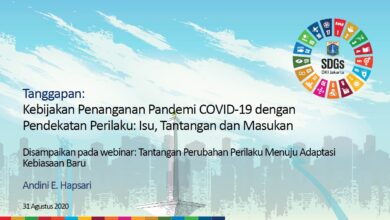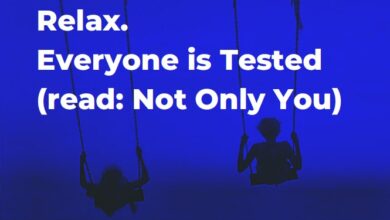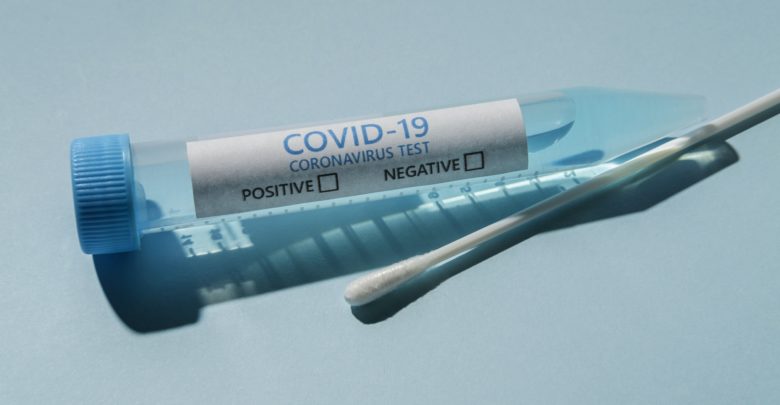
Hopes for a summertime reprieve from COVID-19 have been dashed as cases surged in June. As infections rise, so does the need for testing.
Dr. Anthony Fauci, director of the National Institute of Allergy and Infectious Diseases, recently announced that health officials are considering pooled testing for COVID-19 in response to the recent surge.
So what is pooled testing, and why does the U.S. need it?
Test groups, not individuals
The basic idea of pooled testing is that it allows public health officials to test small groups – called pools – of people using only one test. This means you can test more people faster, using fewer tests and for less money.
Instead of testing one person at a time, samples from multiple individuals would be mixed together and tested as one. If the test comes back negative, everyone in the pool is clear. If positive, each member of the pool is then tested individually.
For example, imagine a workplace with 20 people, one of whom is infected. Pooled testing divides the 20 people into four groups of five. Samples are taken from each person and mixed with the samples from other people in their group. Each grouped sample is then tested – four tests in all.
One of the pools will turn up positive because it contains the single infected person. All five people in this pool are then retested individually, and the one sick person is identified.
In all, nine tests are used and all 20 workers have been screened. If everyone had been screened individually, it would have taken 20 tests.
In practice, the number of tests saved by pooling varies depends on the fraction of people infected. Higher infection rates mean that more pools come back positive, more people need to be retested, and savings from pooling are lower.
For example, pooled testing on suspected COVID-19 cases in Los Angeles – where as of June 27 nearly 9% of people tested are positive – would reduce test use by about 50%. But in Montana, where only 0.1% of the population is infected, a pooled testing effort to test the whole state would reduce test use by nearly 90%.
No matter the exact amount, at a cost of about US$100 per test, the savings add up.
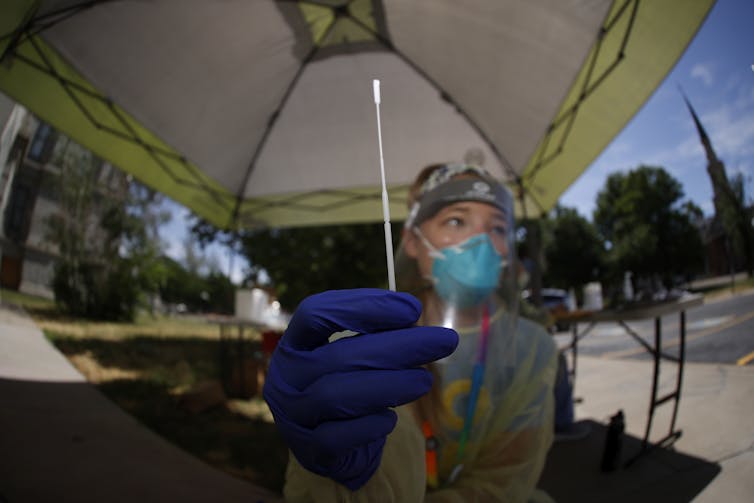
Does it work?
Pooled testing has long been used to test large asymptomatic populations for disease. State labs have used it to screen for chlamydia and gonorrhea and the Red Cross has used it to test donated blood for Hepatitis B and C, Zika virus and HIV.
And some places have already begun using pooled testing to screen for active coronavirus infections.
Stanford University used pooled testing to monitor the early spread of COVID-19 in the Bay Area. Nebraska’s Public Health Laboratory pooled and tested samples from five-person groups and roughly doubled the number of suspected COVID-19 patients it could test weekly.
Some people have expressed concern that the dilution of samples from pooling could reduce the accuracy of the PCR tests that look for viral RNA in samples. Fortunately, researchers have already shown that pooled testing is about as accurate as individual testing in pools as large as eight people.
Another concern is infection prevalence. When infection rates climb higher than 15%, too many pools come back positive and pooling is no longer more efficient. Fortunately, on a nationwide basis only about 5% of tests on suspected cases are coming back positive. Even in extreme hot spots like Texas, where 10% or more of suspected cases are testing positive, pooled testing could still be useful.
But the real strength of pooled testing would be seen if health officials start implementing large-scale testing of the general population.
For the most part, patients are currently tested only when a health care provider suspects they might be infected with SARS-CoV-2. However, asymptomatic and presymptomatic COVID-19 patients are common and are likely a major source of COVID-19 transmission. For this reason, experts have recommended screening everyone for infections.
In the general population, the prevalence of new infections is estimated to be less than 2%, even in the hardest-hit states. At these rates, pooled testing could reduce test costs by 80% or more.
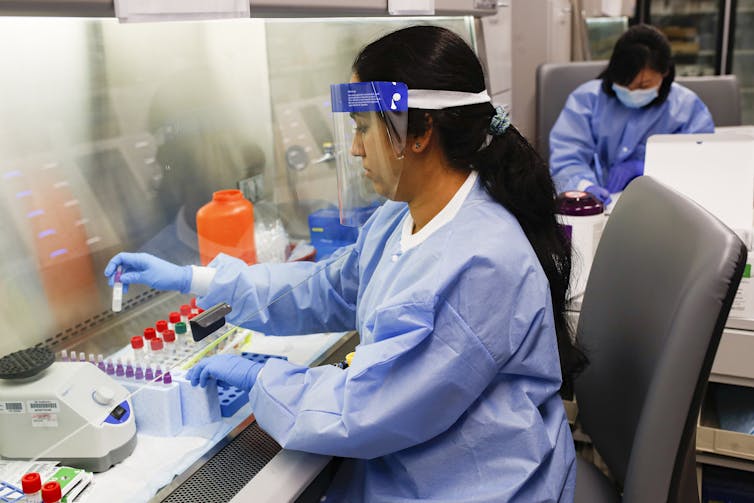
What to do next?
To date, the U.S. has conducted around 30 million COVID-19 tests, covering a bit less than 10% of its population. Yet, some experts have called for testing America’s entire population every three months or even every two weeks.
Considering that American labs are already short of testing reagents, it seems doubtful companies could soon produce enough material to run this many individual tests – assuming companies or governments could even pay for them all. Widespread use of pooled testing can help screen more people using fewer laboratory tests.
In order to increase capacity, the FDA recently released guidance that lays out a path to pooled testing authorization so more labs and test manufacturers can start doing it.
Another potential obstacle is cost. If labs charge much more for testing a pooled sample than they do for an individual one, any cost savings will dissipate.
Cheaper, faster testing methods enable screening that is more widespread and more frequent. Frequency is critical for monitoring a disease that spreads rapidly. Moreover, repeat testing helps pick up cases that might have been missed previously. Retesting helps, because research suggests that PCR tests miss about 20% of infected cases, no matter whether they are pooled or not.
Pooling could get the U.S. one step closer to the goal of universal and repeated testing – and play a crucial role in containing the spread of this relentless disease.
Artikel ini telah tayang di theconversation.com dengan judul “Group testing for coronavirus – called pooled testing – could be the fastest and cheapest way to increase screening nationwide”, https://theconversation.com/group-testing-for-coronavirus-called-pooled-testing-could-be-the-fastest-and-cheapest-way-to-increase-screening-nationwide-141579
Penulis/Editor : Quintiles Professor of Pharmaceutical Development and Regulatory Innovation, Schaeffer Center for Health Policy and Economics, University of Southern California, Associate Director, Schaeffer Center for Health Policy and Economics and Assistant Professor of Pharmaceutical and Health Economics, University of Southern California
Foto Cover : Pooling samples means one test can screen multiple people. Tetra Images via Getty Images
